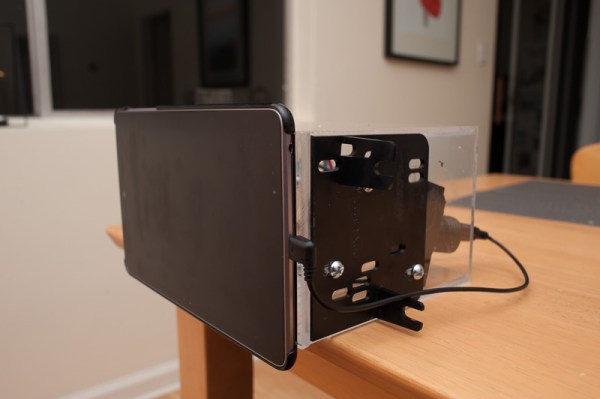
MEGA is a new, encrypted cloud storage system founded by [Kim Dotcom] of MegaUpload fame. They’re selling privacy in that the company won’t have the means to decrypt the data stored by users of its service. As with any software project, their developers are rapidly making improvements to the user interface and secure underpinnings. But it’s fun when we get some insight about possible security problems. It sounds like the issue [Marcan] wrote about has been fixed, but we still had a great time reading his post.
The article focuses on the hashes that the website uses to validate data being sucked in from non-SSL sources using some JavaScript. Those insecure sources are a CDN so this type of verification is necessary to make sure that the third-party network hasn’t been compromised as part of an attack on the MEGA site. The particular security issue came when the hashes were generated using CBC-MAC. [Marcan] asserts that this protocol is not adequate for the application it’s being used for and goes on to post a proof-of-concept on how the messages can be forged while retaining a hash that will validate as authentic.
[Thanks Christian]
















